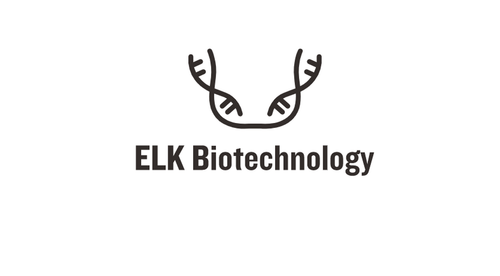Product Description
Rat Uroporphyrinogen decarboxylase (UROD) ELISA Kit | AE12077RA | Abebio
Species Reactivity: Rat (Rattus norvegicus)
Abbreviation: UROD
Alternative Name: RP11-69J16.2; PCT; fifth enzyme of heme biosynthetic pathway|fifth enzyme of the heme biosynthetic pathway|uroporphyrinogen III decarboxylase
Application: ELISA
Range: 0.312-20 ng/mL
Sensitivity: 0.117 ng/mL
Intra-Assay: ≤4.8%
Inter-Assay: ≤9.3%
Recovery: 0, 95
Sample Type: Serum, Plasma, Other biological fluids
Detection Method: Sandwich
Analysis Method : Quantitive
Test Principale: This assay employs a two-site sandwich ELISA to quantitate UROD in samples. An antibody specific for UROD has been pre-coated onto a microplate. Standards and samples are pipetted into the wells and anyUROD present is bound by the immobilized antibody. After removing any unbound substances, a biotin-conjugated antibody specific for UROD is added to the wells. After washing, Streptavidin conjugated Horseradish Peroxidase (HRP) is added to the wells. Following a wash to remove any unbound avidin-enzyme reagent, a substrate solution is added to the wells and color develops in proportion to the amount of UROD bound in the initial step. The color development is stopped and the intensity of the color is measured.
Product Overview: URODencodes the fifth enzyme of the heme biosynthetic pathway. This enzyme is responsible for catalyzing the conversion of uroporphyrinogen to coproporphyrinogen through the removal of four carboxymethyl side chains.Uroporphyrinogen III decarboxylase (UroD) is a homodimeric enzyme which catalyzes the fifth step in heme biosynthesis: the elimination of carboxyl groups from the four acetate side chains of uroporphyrinogen III to yield coproporphyrinogen III. At low substrate concentrations the reaction is believed to follow an ordered route, with the sequential removal of CO2 from the D, A, B, and C rings, whereas at higher substrate/enzyme levels a random route seems to be operative. The enzyme functions as a dimer in solution, and both the enzymes from human and tobacco have been crystallized and solved at good resolutions.
Stability: The stability of ELISA kit is determined by the loss rate of activity. The loss rate of this kit is less than 5% within the expiration date under appropriate storage condition. The loss rate was determined by accelerated thermal degradation test. Keep the kit at 37°C for 4 and 7 days, and compare O.D.values of the kit kept at 37°C with that of at recommended temperature. (referring from China Biological Products Standard, which was calculated by the Arrhenius equation. For ELISA kit, 4 days storage at 37°C can be considered as 6 months at 2 - 8°C, which means 7 days at 37°C equaling 12 months at 2 - 8°C) .
 Euro
Euro
 USD
USD
 British Pound
British Pound
 NULL
NULL








